US ISM manufacturing index dropped to 57.7 in October, down from 59.8 and missed expectation of 59.0. That’s the lowest level since April this year. Price paid component rose to 71.6, up from 66.9 and beat expectation of 67.5 Employment component dropped to 56.8, down from 58.8.
From Timothy R. Fiore Chair ISM Manufacturing Business Survey Committee:
- Comments from the panel reflect continued expanding business strength.
- Demand remains moderately strong, with the New Orders Index easing to below 60 percent for the first time since April 2017, the Customers’ Inventories Index remaining low but improving, and the Backlog of Orders Index remaining steady.
- Consumption softened, with production and employment continuing to expand, but at lower levels compared to September. I
- Inputs — expressed as supplier deliveries (increased), inventories and imports — retained September’s levels. Continued supply chain delivery difficulties led to an increased consumption of inventory, and import expansion was stable. Lead-time extensions continue, while steel and aluminum prices are stabilizing. Supplier labor issues and transportation difficulties continue to disrupt production, but at more manageable levels.
- The expansion of new export orders softened, but five of six major industries contributed, up from two in September. Prices pressure continues, with the index returning above 70 percent. Overall, the manufacturing community continues to expand, but at the lowest level since April 2018.
Quotes from respondents:
- “Tariffs are causing inflation: increased costs of imports, increased cost of freight and increased domestic costs from suppliers who import.” (Chemical Products)
- “Protein prices continue under pressure from heavy U.S. supplies and export concerns related to trade tariffs. Higher costs related to trade tariffs are starting to be passed on to the cost of goods sold.” (Food, Beverage & Tobacco Products)
- “NAFTA 2.0/USMCA does nothing to help our company, as it does not address Section 232 tariffs.” (Plastics & Rubber Products)
- “Mounting pressure due to pending tariffs. Bracing for delays in material from China — a rush of orders trying to race tariff implementation is flooding shipping and customs.” (Miscellaneous Manufacturing)
- “Steel tariffs continue to negatively affect our cost, even though we utilize U.S. sources for steel. Oil prices put meaningful upward pressure on cost. Continued tightness with truck drivers is expected.” (Petroleum & Coal Products)




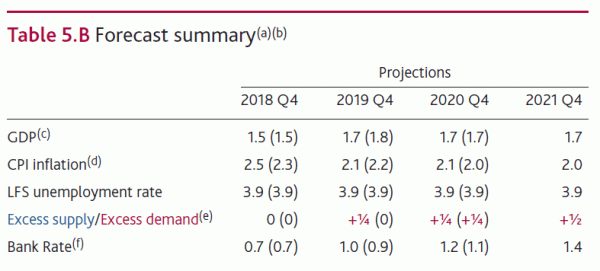
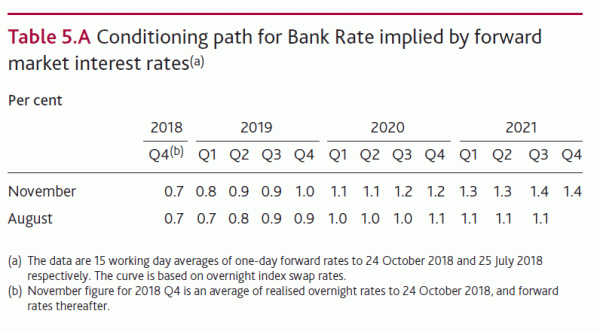

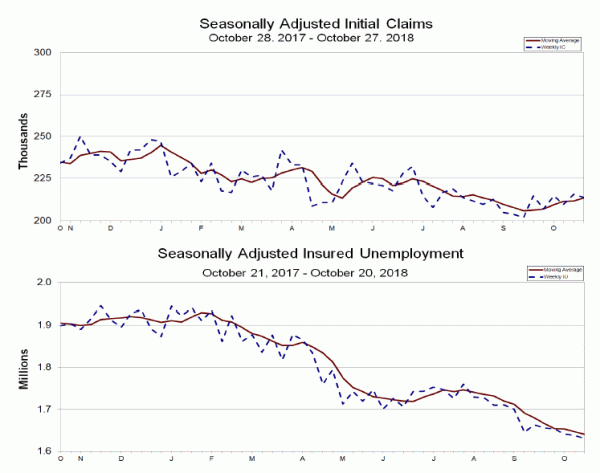
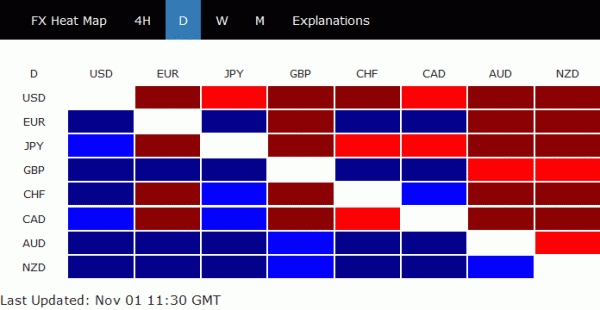
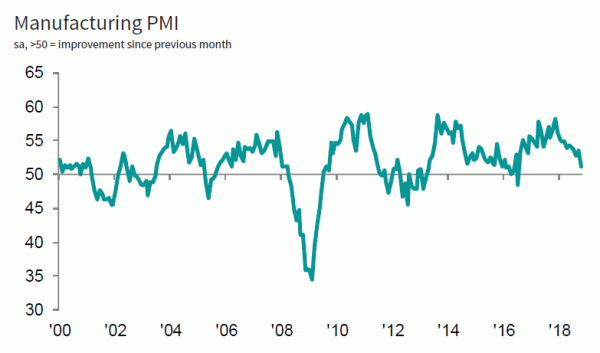
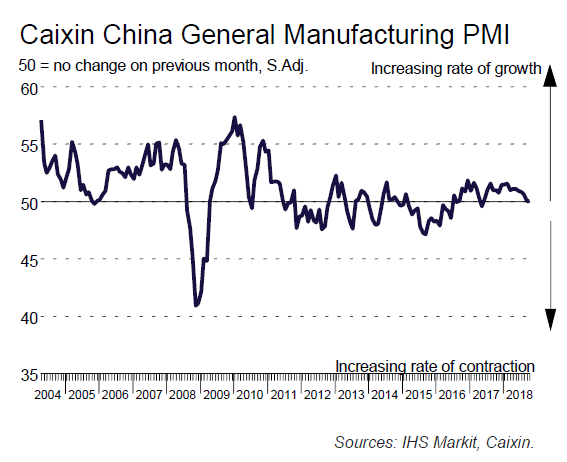
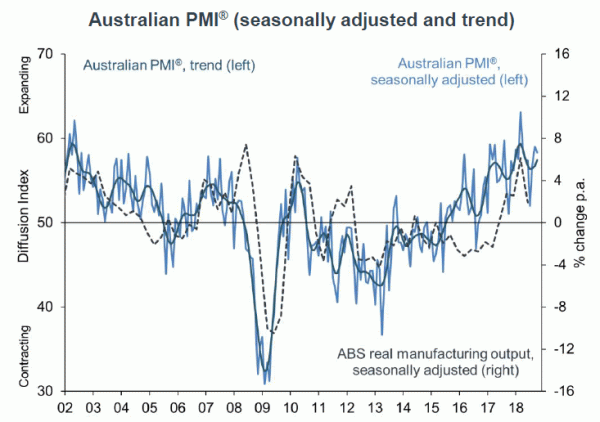
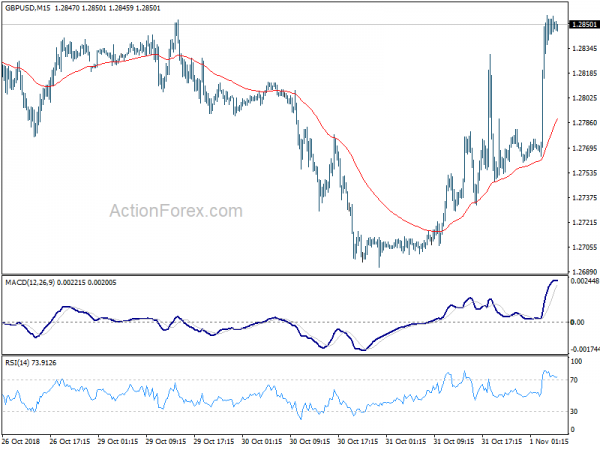
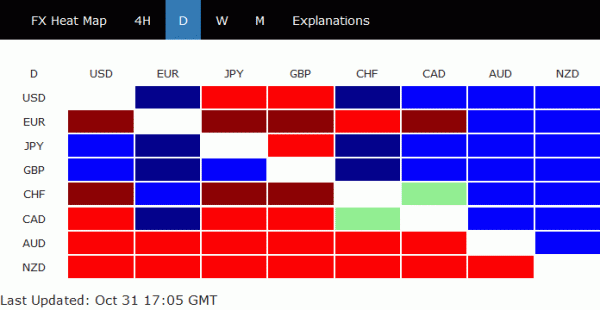
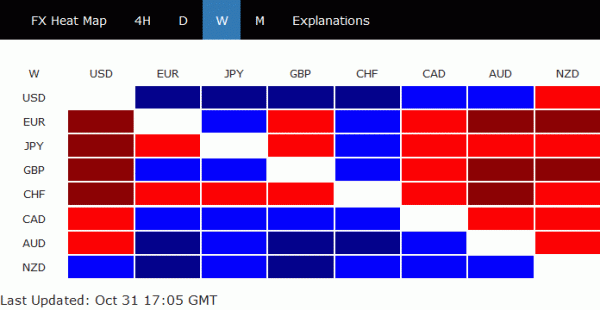
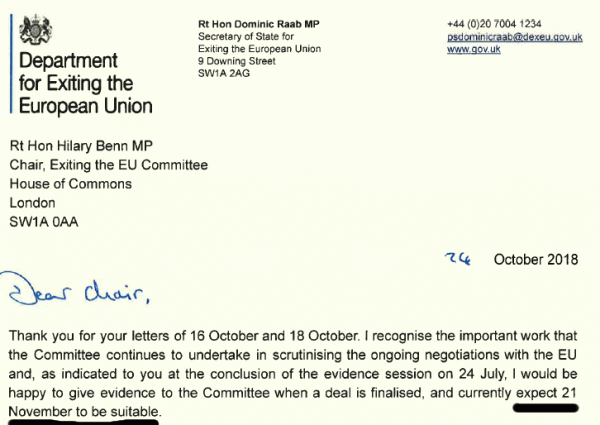
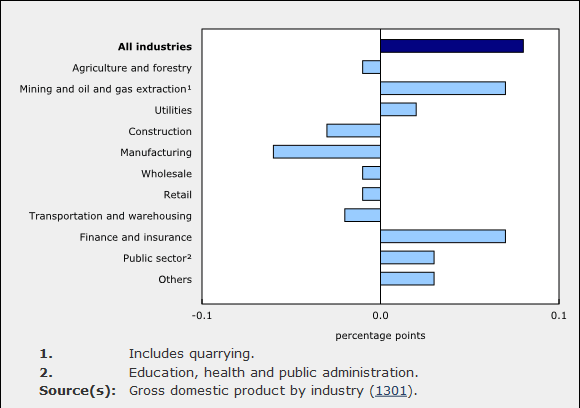
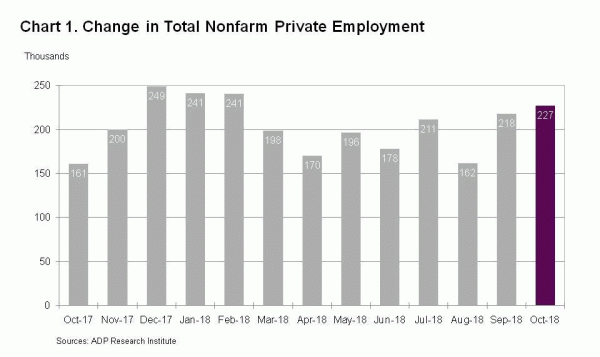
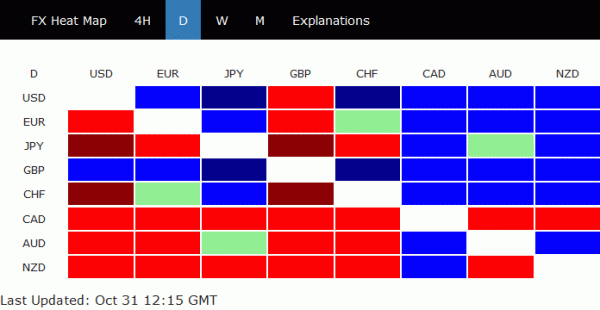

Trump had very good conversation with Xi, with heavy emphasis on trade
Trump tweeted that he had “very good conversation” with Chinese President Xi Jinping, “with heavy emphasis on Trade”.
By loading the tweet, you agree to Twitter’s privacy policy.
Learn more
Load tweet
However, White House economic adviser Larry Kudlow, threatens that Trump would act aggressively on China if they failed to reach an agreement.
By loading the tweet, you agree to Twitter’s privacy policy.
Learn more
Load tweet
Sounds like Kudlow doesn’t know who’s his boss.